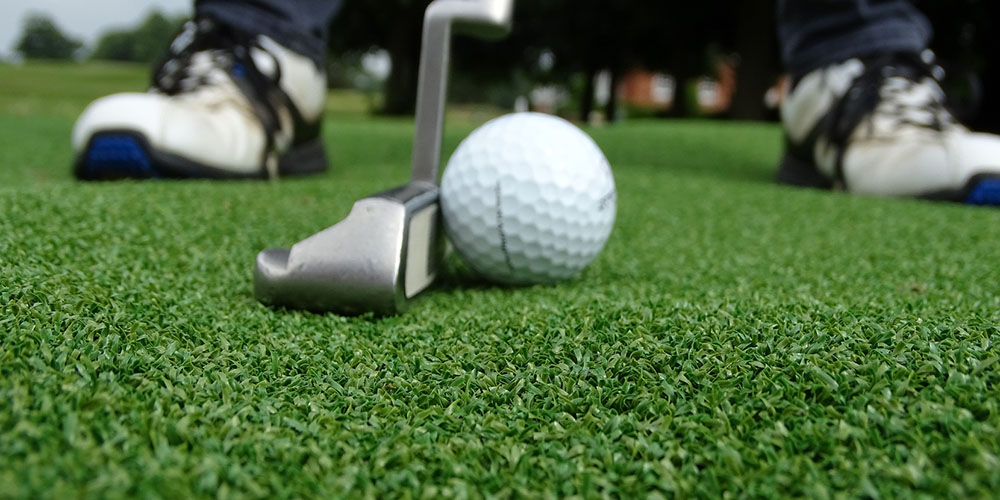
The popularity of artificial putting greens in residential and commercial spaces has grown substantially in recent years. Many golf enthusiasts are recognizing the benefits of having a backyard putting green to practice their skills and enjoy a leisurely activity at home. However, choosing the right artificial grass for your putting green can be challenging due to the variety of options available. In this article, we will explore types of artificial grass, their features, installation process, cost, and more.
Contents
Factors to Consider When Choosing Artificial Grass for Putting Greens
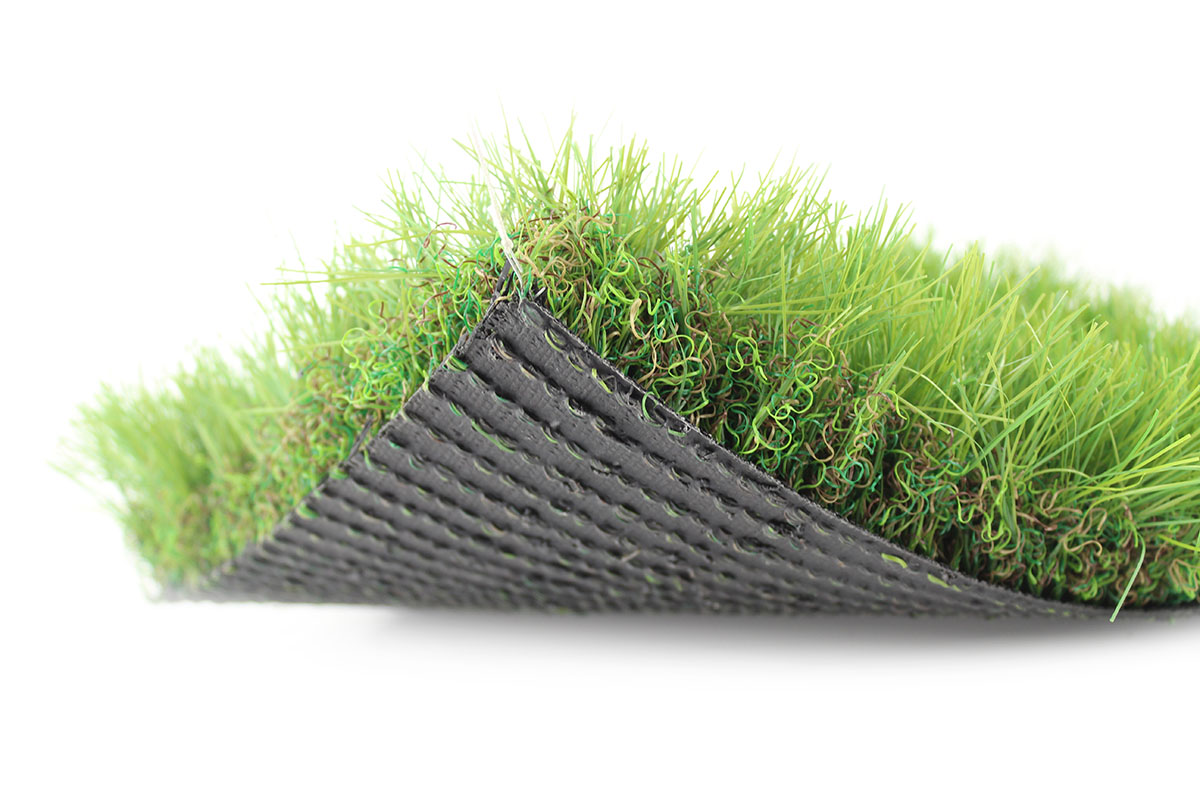
There are several factors to consider when selecting artificial grass for putting greens, including durability, ball speed and roll distance, blade shape and density, backing material, and infill options.
Durability
The artificial grass used for putting greens needs to withstand the constant foot traffic and golf ball impact. The turf material should have a high density of fibers, which will make it more resistant to wear and tear. The backing material should also be durable and strong enough to hold the fibers in place.
Ball Speed and Roll Distance
The ball speed and roll distance are crucial for creating a challenging and enjoyable putting experience. The turf material’s thickness, density, and blade shape all influence these factors. A shorter pile height and a higher density of fibers will result in faster ball speed and longer roll distance.
Blade Shape and Density
The blade shape and density can affect the ball’s trajectory and roll speed. A flat and smooth blade surface will result in a more consistent roll. A denser turf with more fibers per square inch will provide better ball support, which can help create a smoother putting experience.
Backing Material
The backing material provides the foundation for the artificial grass and helps to stabilize the fibers. A high-quality backing material should be durable and provide excellent drainage to prevent water buildup.
Infill Options
Infill is the material that is added between the fibers of the artificial grass to provide cushioning and support. There are several types of infill options, including silica sand, rubber, and a combination of both. The infill material should be carefully selected to provide the desired playing characteristics, such as ball speed and roll distance.
Types of Artificial Grass for Putting Greens
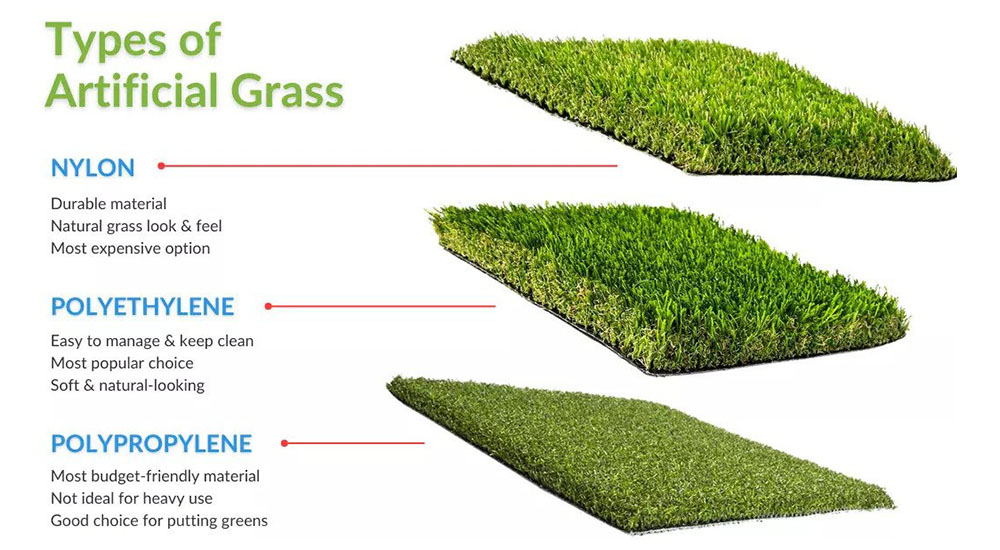
There are three main types of artificial grass used for putting greens: polypropylene, nylon, and polyethylene. Each material has its own set of advantages and disadvantages, so it’s crucial to understand their differences to make the best choice for your needs.
Polypropylene
Polypropylene is a popular choice for putting greens due to its affordability and durability. It’s a cost-effective option that can withstand regular use and requires minimal maintenance.
Advantages:
- Budget-friendly
- Low maintenance
- UV-resistant
Disadvantages:
- Less realistic ball roll compared to other materials
- May not have the same aesthetic appeal as nylon or polyethylene turf
Nylon
Nylon artificial grass is known for its exceptional durability and resilience. It can handle heavy foot traffic and provides a more realistic ball roll than polypropylene.
Advantages:
- Highly durable and resilient
- Better ball roll and performance
- Can handle heavy foot traffic
Disadvantages:
- More expensive than polypropylene
- Higher maintenance requirements
Polyethylene
Polyethylene is a popular choice for its combination of durability, performance, and aesthetics. It closely resembles natural grass in both appearance and feel and offers a smooth, consistent ball roll.
Advantages:
- Realistic appearance and feel
- Excellent ball roll and performance
- Durable and low maintenance
Disadvantages:
- More expensive than polypropylene
- May not be as resilient as nylon
With an understanding of the various types of artificial grass, it’s also essential to consider the infill material you’ll use for your putting green.
Cost of Artificial Putting Greens
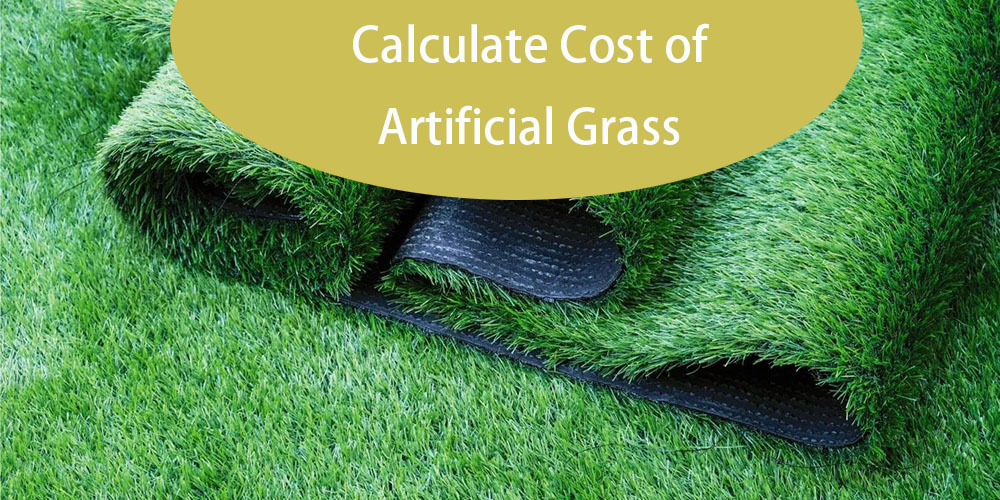
Factors affecting cost
- Size of the putting green
- Type of turf and infill selected
- Complexity of the design
- Preparation and installation labor
Price ranges and expectations
- According to Relyir, Basic putting greens: $8-$25 per square meter
- Professional-grade greens: $25-$50 per square meter
- Custom designs and features may increase costs
Building Your Own Putting Green: Installation Procedure
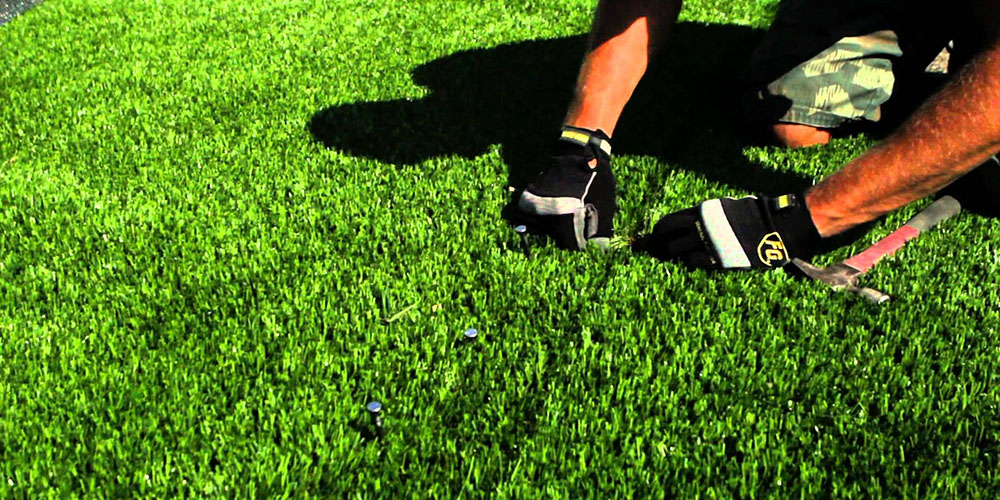
If you decide to install your backyard putting green, it’s essential to follow step-by results and long-lasting performance. Here’s a general installation process for building your own putting green:
1. Site Selection and Preparation
- Choose a flat, well-drained area for your putting green.
- Remove any existing grass, weeds, or debris.
- Ensure proper grading for optimal drainage.
2. Base Material and Compaction
- Apply a layer of compactable base material, such as crushed stone or decomposed granite, to create a stable foundation.
- Compact the base material using a plate compactor to ensure a smooth, level surface.
3. Installing the Artificial Turf
- Roll out the artificial grass over the compacted base, making sure to avoid wrinkles and overlaps.
- Trim the turf to fit the desired shape of your putting green.
- Secure the turf using landscape staples or nails, spaced approximately 6 inches apart around the perimeter.
4. Infill Application and Brushing
- Apply the chosen infill material evenly over the turf, using a drop spreader or by hand.
- Use a broom or power brush to work the infill into the turf fibers, ensuring even coverage and an upright fiber orientation.
5. Accessories and Finishing Touches
- Install any additional features, such as hole cups, flags, or fringe grass, to complete your putting green.
- Make any necessary adjustments to the turf or infill to achieve the desired ball roll and performance.
By following these steps, you can create a high-quality, professional-looking putting green in your backyard.
Maintenance of Artificial Grass Putting Greens
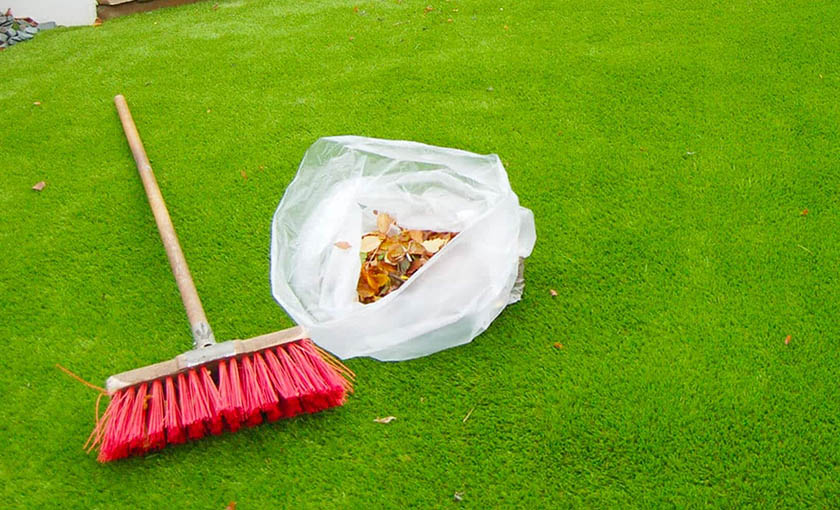
Maintaining an artificial grass putting green is relatively easy, requiring minimal effort and expense. Here are some tips to keep your putting green in top condition:
Regular Cleaning
Remove any debris or leaves from the surface of the putting green using a leaf blower or rake.
Brushing and Grooming
Regularly brush the fibers of the artificial grass using a stiff broom or rake to keep them standing upright and maintain the desired ball speed and roll distance.
Adding Infill
Over time, the infill material can become compacted and require replenishment. Adding more infill can help restore the cushioning and support of the artificial grass.
Repairing Damaged Areas
If any areas of the putting green become damaged or flattened, they can be repaired using specialized turf patch or infill.
Conclusion
Creating the perfect putting green requires understanding the different types of artificial grass, choosing the right infill, and following a proper installation procedure. By considering factors like durability, ball roll, maintenance, aesthetics, and price, you can make an informed decision that best suits your needs and preferences.
When selecting a wholesale supplier for your artificial grass, consider Relyir Artificial Grass as your top choice. With high-quality materials, competitive pricing, and excellent customer service, Relyir provides a reliable and trustworthy option for all your artificial grass needs. Make the smart choice and choose Relyir Artificial Grass for your backyard putting green project.
FAQs
What is the best type of artificial turf for putting greens?
There is no one-size-fits-all answer, as the best type of turf depends on your specific requirements, budget, and preferences. Nylon, polypropylene, and polyethylene turfs each have their pros and cons, so consider their respective attributes when making your decision.
How long does artificial putting green turf last?
The lifespan of artificial turf depends on the quality of the product and how well it's maintained. High-quality turf can last up to 8-25 years with proper care and maintenance.
Can I install an artificial putting green myself?
While it's possible to install artificial turf yourself, it's a complex process that requires precision and skill. Hiring a professional installer ensures the best possible result and can save you time and effort.
How does artificial putting green turf perform compared to natural grass?
High-quality artificial turf can closely mimic the performance of natural grass, offering a consistent ball roll and a realistic playing experience. Additionally, artificial turf is more durable and requires less maintenance than natural grass.
Can I customize the design of my artificial putting green?
Yes, many manufacturers offer customizable design options for artificial putting greens, allowing you to create a unique and personalized golf experience in your backyard.
What should I look for in a high-quality artificial putting green turf?
When selecting artificial turf for your putting green, consider factors such as durability, performance, appearance, and maintenance requirements. Additionally, choose a reputable manufacturer that offers comprehensive customer support and guarantees their products.
